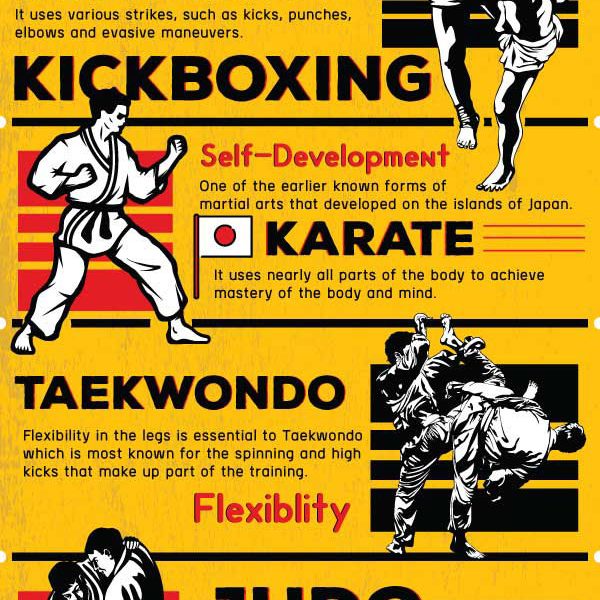Just How Do Conventional Martial Arts Focus On Technique Compare To Modern-Day Combat Sports Concentrate On Competitors? Discover The Key Differences That Can Form Your Trip
Just How Do Conventional Martial Arts Focus On Technique Compare To Modern-Day Combat Sports Concentrate On Competitors? Discover The Key Differences That Can Form Your Trip
Blog Article
Content Created By-Camp Brady
When you consider martial arts, do you lean much more towards the standard methods or the contemporary fight sports? Each course supplies distinct benefits and experiences, shaped by their approaches and training techniques. Typical martial arts highlight personal development and discipline, while contemporary combat sporting activities concentrate on competitors and efficiency. Understanding these distinctions can guide you in selecting the best method for your journey. But exactly how do these distinctions materialize in training and ideology?
The Ideology and History Behind Traditional Martial arts
While many individuals connect martial arts with physical fight, the ideology and history behind traditional martial arts run much deeper. You'll locate that these disciplines stress personal growth, discipline, and respect.
Originating from ancient techniques, typical martial arts were often developed for Self-Defense and spiritual advancement. what is the best martial art for fighting personify principles such as balance, harmony, and self-constraint, directing practitioners beyond mere combating abilities.
As you train, you'll not just discover strategies yet also obtain understandings into the society and values that shaped these arts. The routines and practices, often passed down via generations, promote a feeling of community and belonging.
The Competitive Nature of Modern Fight Sports
Modern battle sporting activities have changed the landscape of martial arts into a very competitive sector, where professional athletes take on in a test of skill, approach, and endurance.
You'll see that competitions are often arranged with strict policies and policies, making certain fair game and security. These events bring in big target markets, fueling the excitement and intensity of matches.
Athletes train rigorously, not just for physical prowess however likewise for mental durability, understanding that every information counts in the ring. The adrenaline thrill during competitions is apparent, as boxers push their restrictions to claim success.
https://franciscodkpud.spintheblog.com/35917877/discussion-with-a-martial-arts-tale-treasures-of-wisdom-and-inspiration and creativity included, making modern-day battle sports a thrilling spectacle that continues to progress and astound enthusiasts around the globe.
Training Methods and Methods: A Relative Analysis
The competitive environment of contemporary combat sporting activities needs ingenious training methods that vary dramatically from typical martial arts.
In modern training, you'll concentrate on particular methods, competing, and conditioning, usually making use of drills that mimic real fight circumstances. You'll see a focus on quantifiable performance and frequent competitors to examine your abilities.
In contrast, traditional martial arts focus on forms, katas, and philosophical mentors, frequently emphasizing discipline and respect over competition.
Training is typically less intense and may involve repeated technique as opposed to real-time sparring.
While both strategies develop skill and physical fitness, modern fight sports offer a more dynamic and adaptable training atmosphere, preparing you for instant obstacles in the ring or cage.
Choose the course that straightens with your objectives and interests.
Final thought
In selecting in between conventional martial arts and contemporary battle sports, it really boils down to what you value many. If you're trying to find personal development, self-control, and a feeling of area, conventional arts might be your best fit. But if martial arts uniforms grow on competitors and real-time difficulties, modern combat sporting activities could be the means to go. Inevitably, both courses use distinct advantages, so it's everything about aligning your training with your individual goals and passions.
